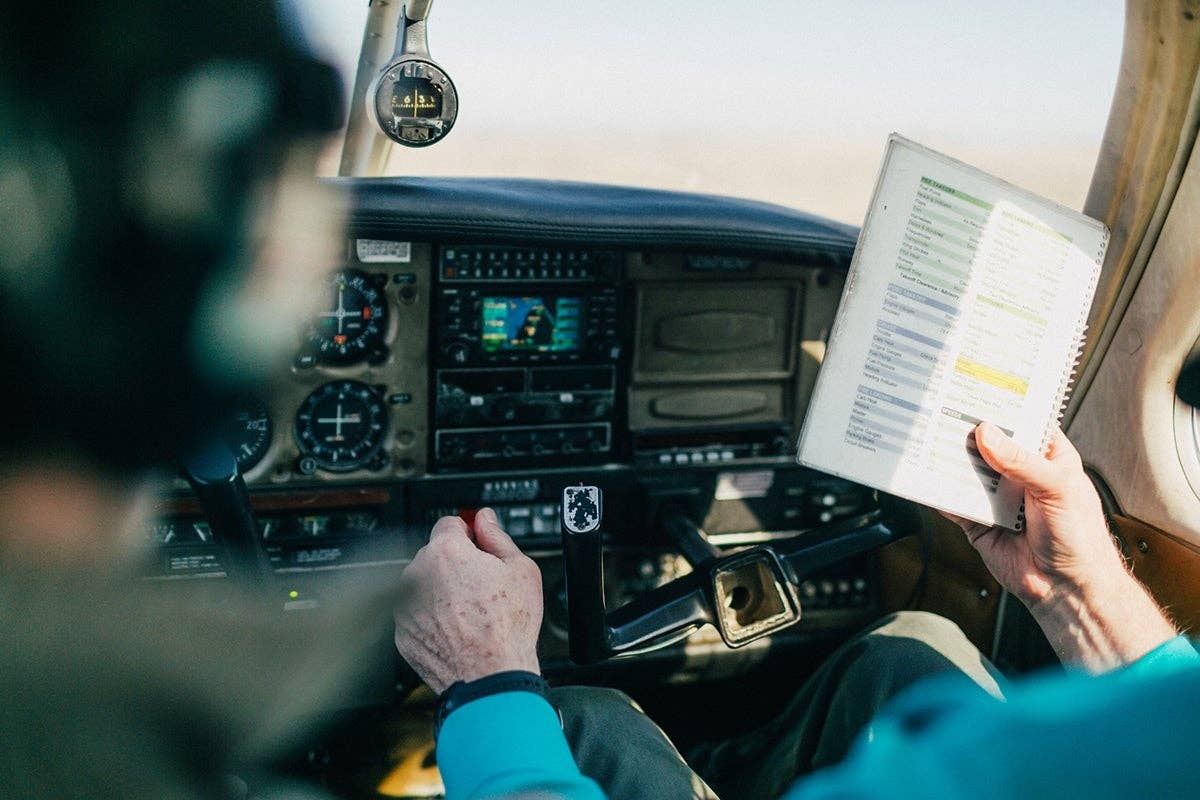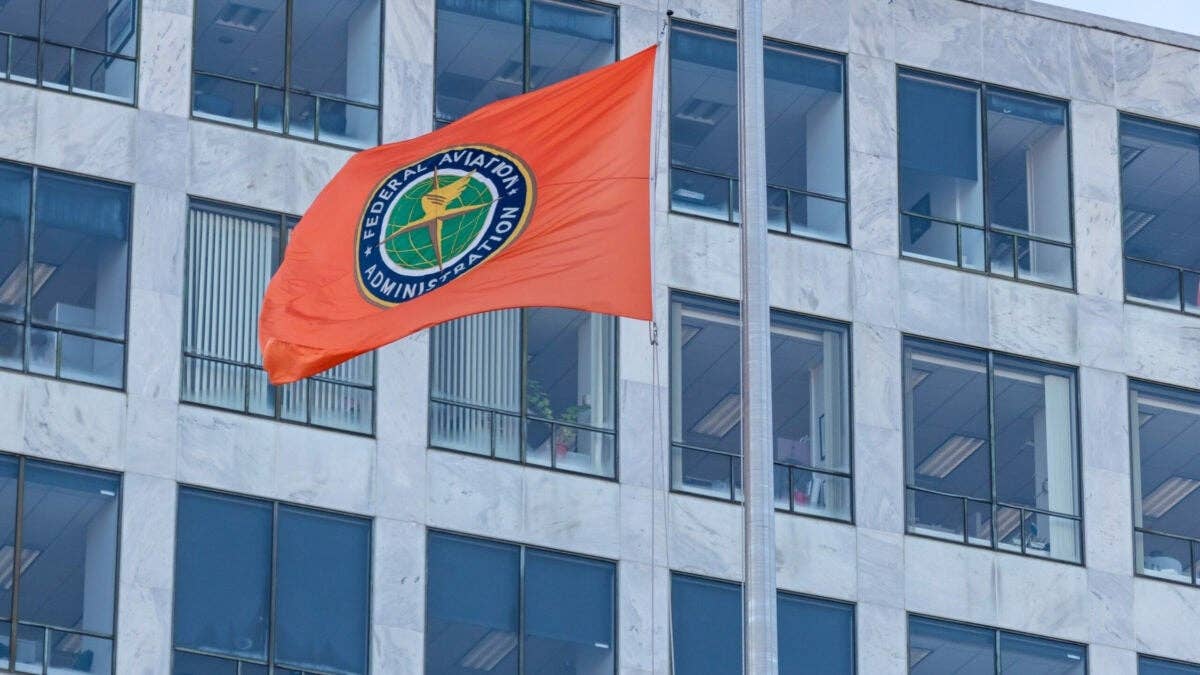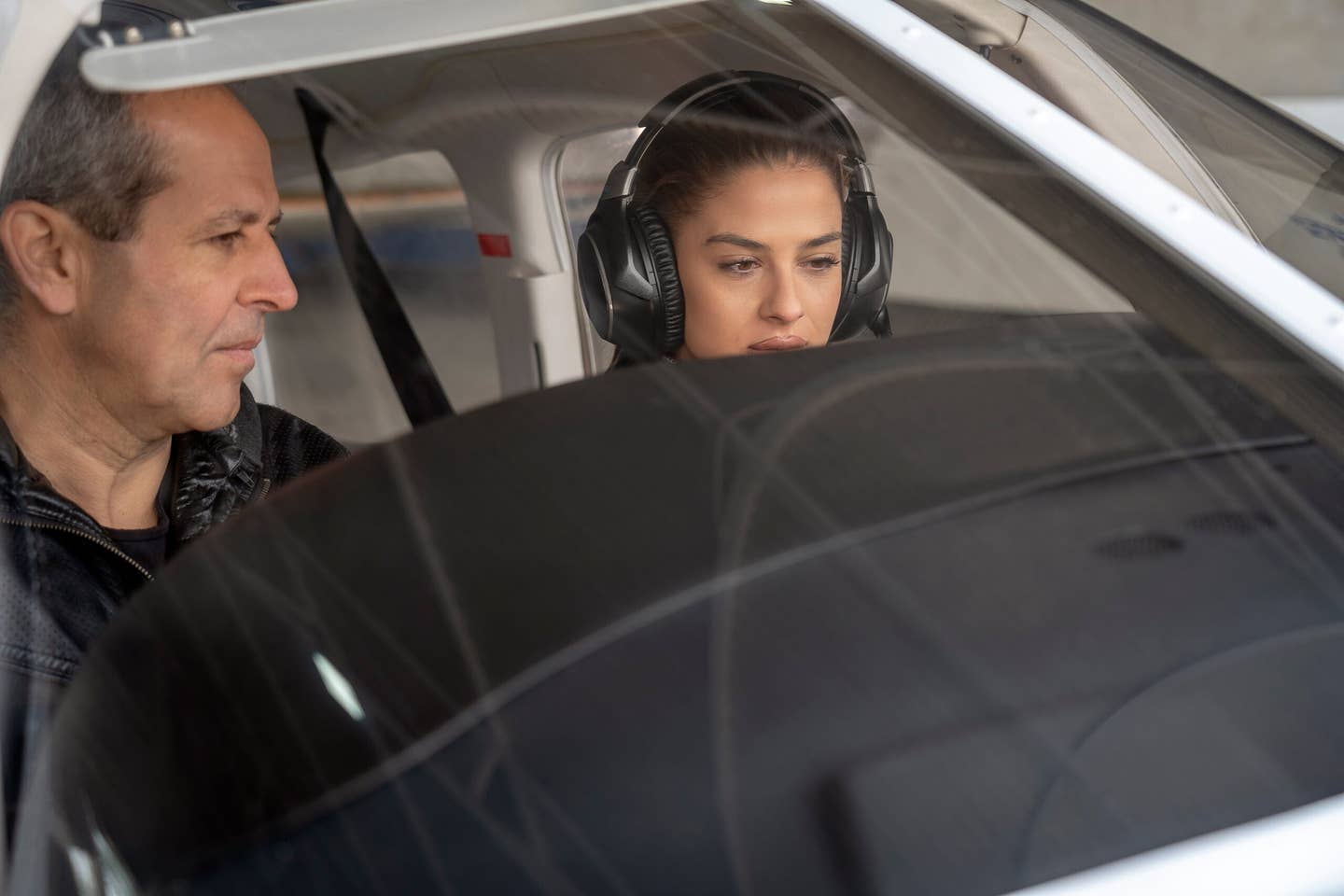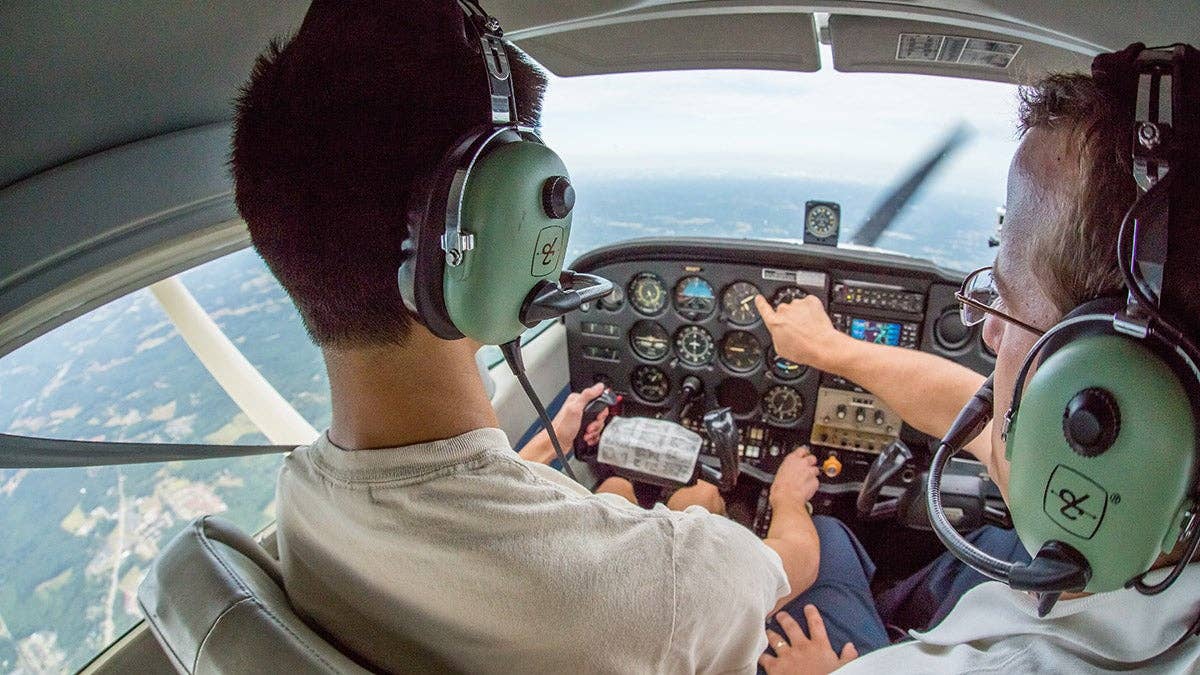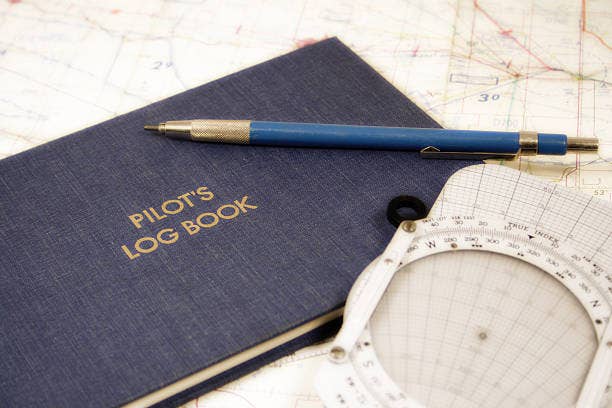
(June 2011) I recently asked FAA Administrator Randy Babbitt about the tough time that applicants have been having on FAA Knowledge Testing (the tests that many of us still refer to as the "writtens"). Many test takers are failing the tests because the FAA has included a lot of new, previously unpublished questions that are hard to get right even if you do know your stuff. The FAA thought it would see this as proof that test takers had been gaming the system and found out instead that, if it wants to, it can get people to fail the written.
Babbitt’s response to my question on the subject was essentially that test takers need to study harder. This was a disappointing response and betrayed a misunderstanding of two things: how bad most of the FAA written tests are and how the flying public at large views the tests.
The situation used to be tenable. The FAA issued all of the questions and the test preparation industry did a commendable job of creating software and videos to help prospective test takers bone up for the written. They studied, learned a lot and memorized the answers to the worthless questions, and everyone was happy.
Or so it seemed. Things started getting dicey about a decade ago, when the FAA began to get uncomfortable with people (like me) getting perfect scores on the tests while taking very little time to complete them. They felt as though that indicated that test takers were memorizing the answers. There is a good explanation for that conclusion. The test takers were memorizing the answers.
Rule followers might think that this is cheating, and it would be if two things were true. First, if in memorizing the answers the test takers didn’t learn the knowledge being tested, it would be cheating. Second, on top of that, if the questions actually tested something important to know, then memorizing the answers would be cheating.
Many of the questions were pointless, and on those questions that did hold some meaning, the act of memorizing the questions and answers surely had some value. Rote memorization has taken a beating in education theory of late, but that’s how I learned what 7 x 8 is and how I still can come up with 56. So don’t bad-mouth memorization.
To see how bad some of the questions are, let’s take an example question from the commercial written exam.
Inbound on the 190 radial, a pilot selects the 195 radial, turns 5 degrees to the left, and notes the time. While maintaining a constant heading, the pilot notes the time for the CDI to center is 10 minutes. The ETE to the station is
A. 20 minutes
B. 15 minutes
C. 10 minutes
D. It doesn't matter. No one ever does this in an airplane.
The correct answer, of course, is D, “It doesn’t matter. No one ever does this in an airplane.” Unfortunately, D was the only answer the FAA didn’t supply. I had to make it up myself just now. The correct answer, as far as the agency is concerned, is … well, unless you’re taking the test, it doesn’t really matter, now, does it?
So here is an example of a question that tests something no pilots need to know and will never use if they did know it. Is it cheating to memorize the answer, then? Of course it’s not.
Why, you might ask, does the FAA include such useless questions? It’s because it needs to get test takers to miss questions, for fear it will look as though the test is too easy if everybody does well. The problem is that we all work hard to get good scores on the written. This kind of a test is really all about testing minimum qualifications, not limiting the field, as is necessary with some kinds of admissions testing.
If the FAA were to write only questions that mattered and that an applicant could reasonably be expected to get right after a solid course of study, then the test would matter and no one would have a gripe.
Such, however, is far from the case, and the FAA, from Randy Babbitt on down, doesn’t get that.
Flight Sim 1930
Last month I wrote about how much Young Eagles has meant to the aviation world as a whole and how much it will mean in years to come. While only a small percentage of the group's young people will take the keys to an airplane any time soon, there are thankfully a few great ways they can participate in flight without spending a lot of dough, and we should celebrate this fact.
Flying without actual airplanes is not a new phenomenon. Back in the 1920s and ’30s, a formerly obscure hobby, flying model airplanes, took off. Most of the kits that kids young and not so young bought and built were of balsa wood and Japanese tissue paper. Companies like Comet and Megow advertised them in pulp magazines. A kit for a 12- to 20-inch wingspan rubber-band-powered model went for between 5 and 10 cents. The hobby’s adherents — a suitable name, since they often found themselves stuck to something or other — found the act of building, finishing and flying model airplanes to be a great substitute for the real thing, which, during the Depression, was out of reach for nearly every aspiring pilot. Based on sales of model kits and supplies, there must have been hundreds of thousands, maybe millions, of these enthusiasts, and many of them went on to become pilots of full-scale airplanes.
Modeling hasn’t gone away. There are at least a dozen segments of model aviation. Purists delight in flying super-light hand-built and hand-launched airplanes that weigh mere ounces and can stay aloft indoors for many minutes at a time. Others are still attracted to the screaming power of U-control models, which the modeler spins in a circle on a pair of 75-foot-long lines, though seldom in anything resembling a straight line. Free-flight models, which are just what they sound like, still have a following of devotees who faithfully install dethermalizer fuses to disconnect the elevator after a given time period lest the airplane really go free and be lost. Radio control models are arguably the ultimate expression. They give the pilot control over everything from basic two-axis flight controls to landing gear and flaps to bomb drops. In giant-scale radio-control precision modeling, modelers compete against the best of the best by building and flying breathtakingly accurate scale re-creations, usually of historic airplanes, exact in every detail down to battle damage and oil stains on the belly. Some measure 20 feet in span or more and take several modelers to control the different systems.
There are more than 150,000 members of the Academy of Model Aeronautics (AMA), the leading modeling organization. Many of those members are full-scale pilots as well. And many of the hobby's elder statesmen, my father, Norm Goyer, included, started with modeling because they were too young and/or too poor to fly real airplanes. Eventually, my dad got his pilot training courtesy of the United States Navy, and he continues in aviation to this day.
He’s also kept on flying models. As you know if you enjoy the hobby, today’s modeling has been revolutionized by electric motors. The former glow plugs or gas engines that my dad labored over for many decades have been replaced by the flip-of-a-switch ease of electric propulsion. Today my dad can pull his giant-scale Cub out of the Suburban, “fire” it up, fly for a while and then pack it up, all in the time it used to take him to start the engine on his old gas-powered models. Twenty years ago they said that electrics would never be powerful enough or hold enough of a charge to be a real player in model aviation. Once the technology advanced to the point that it was powerful enough, reliable enough and cheap enough, the market embraced it almost immediately. Today nobody admits to having been skeptical about the future of electric power in models — just as in 10 years nobody will admit to being skeptical about the future of electric power in full-scale airplanes.
The real game changers over the past 20-plus years, though, have been flight simulation programs. Affordable applications started with the launch of Microsoft’s Flight Simulator. It was, at first, almost unplayable — “apply left aileron and wait a few seconds to see if something happens.” Despite this, it was spectacularly successful, and as home computer hardware improved, the Flight Sim only attracted more fans. The program has put virtual flight controls in the hands of millions and without one of them spilling a drop of white glue in the process.
Despite being now out of production, Flight Sim continues to be a major player, with a huge community of developers and players who keep the spirit of the game alive. And Flight Sim’s engine has moved into commercial flight simulation programs everywhere. X Wing, another big seller, has migrated onto the iPad, where you play the game by tilting the device. It’s a really fun app and, like its inspiration, has sold extremely well. Even the Nintendo Wii has a flying game, on which my 12-year-old son regularly teaches me how to fly — under bridges, through volcanoes and the whole nine yards. It’s humbling for me and fun for both of us.
In the past we’ve been a bit dismissive of flight sim games and applications, and that was wrong. If only for entertainment, they serve a valuable purpose, but there’s growing evidence that the lessons learned, in terms of understanding systems, airspace and more, translate quite nicely to the real thing.
I won’t lie. Like most of you, I’d take the real airplane in a heartbeat. Still, I love sims, from dollar apps at the iPad store to $15 million Level D units.
Again, from a selfish standpoint, it’s in our best interest to promote aviation in every way possible. There’s a lot of competition for the eyeballs of the young. If we can get young people hooked on wings of any variety, it’s a good thing for what we do now and in the future.

Sign-up for newsletters & special offers!
Get the latest FLYING stories & special offers delivered directly to your inbox

